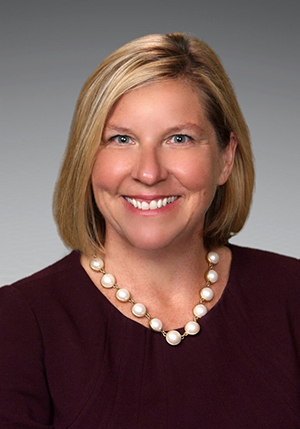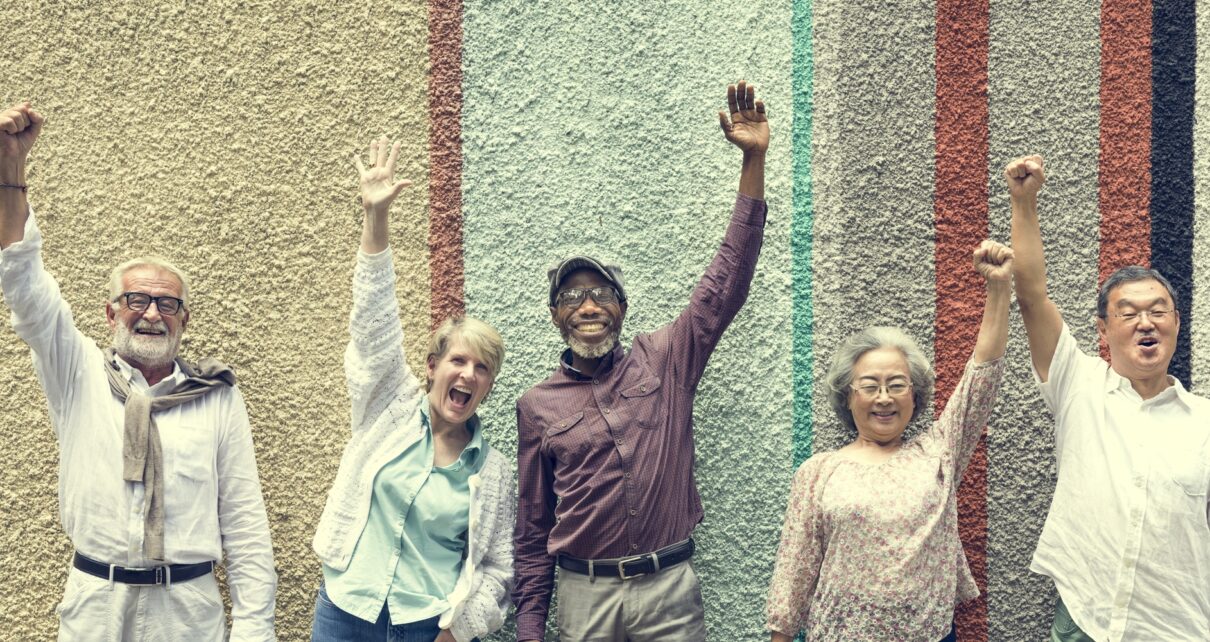Susan DeMarois is the new Director of the California Department of Aging. She took on the role in November of 2021 after eight years with the Alzheimer’s Association as Director of Public Policy & Advocacy, and prior to that, California Government Affairs Director. We chatted about goals for the coming year, where priorities will lie, and what self-care means to her.
Tell us about why you wanted to take on this role.
 I can’t recall any other time in my career when we had such incredible alignment with the governor, the legislature, and the stakeholders; and a shared sense of urgency to make changes that are long overdue. I had the opportunity to participate in the Master Plan for Aging stakeholder process, as well as serve on the Governor’s Alzheimer’s Prevention and Preparedness Task Force, so I was steeped in the goals, recommendations, and strategies, and I one hundred percent agree with the direction that the governor, CalHHS and CDA are headed. So it was easy to say yes!
I can’t recall any other time in my career when we had such incredible alignment with the governor, the legislature, and the stakeholders; and a shared sense of urgency to make changes that are long overdue. I had the opportunity to participate in the Master Plan for Aging stakeholder process, as well as serve on the Governor’s Alzheimer’s Prevention and Preparedness Task Force, so I was steeped in the goals, recommendations, and strategies, and I one hundred percent agree with the direction that the governor, CalHHS and CDA are headed. So it was easy to say yes!
What are some of the short-term and more long-term goals you’re working on?
The immediate goals are two-pronged, internal and external. The first focus in on the department. We’re so fortunate to receive considerable federal funding from a variety of sources, so we’re focused on starting up a number of new initiatives and building out our staff and team. In our Aging and Disability network, I would have to say the most immediate priority is our direct care workforce. We’re in a crisis now and that will be front and center for all of us.
As far as building the workforce?
Supporting the existing workforce, recruiting new people to the direct care field, recognition, compensation, and developing pipelines for the future. And this need isn’t temporary; it will continue because of the change in demographics as the older adult population increases.
Many older adults today deal with loneliness and isolation that has been exacerbated by COVID-19. How is CDA working to combat these issues?
That’s a high priority for the Department of Aging. It’s one of the goals of the Master Plan for Aging. Goal number three is Inclusion and Equity, Not Isolation. This year we’re very proud we’ve answered about 140,000 one-on-one calls to the Friendship Line. So that’s warmth and connection we’re able to provide to anyone who reaches out. We know a surprisingly high number of older adults and those with disabilities live alone. So we’re very concerned about those people who are isolated as the pandemic continues.
Attitudes and perceptions have evolved around mental health issues in light of COVID-19. What can providers and employers do to help change the conversation?
I’ll point to the Master Plan as it focuses on rooting out ageism, ableism, and stigma. We focused a lot on the stigma around Alzheimer’s Disease, mental health and dementia. I think the pandemic has taught everybody that there’s a lot going on with their employees outside of work. We’ve known in the aging and disability space that many people are family caregivers, and they’re providing direct assistance and support to family and friends outside of work. I think having formalized mechanisms in place like Employee Assistance Programs with dedicated resources can be very helpful.
What does the term “self-care” mean to you?
I have a list of tools as simple as fresh air, exercise, sleep, hydration, stepping away from the computer. It’s important to figure out what you need to take care of yourself physically and emotionally.
What are you most excited to work on in 2022?
In January, we’ll be celebrating the one-year anniversary of the launch of the Master Plan for Aging. We’ll have a legislative hearing on January 18 and then we’ll have a big Zoom celebration on January 21. So, I’m very excited to start off the year by celebrating our successes and the progress we’ve made, and then set our sights on the next year.
I like a challenge, so I’m also really motivated to work on some of the longer-term strategies in the Master Plan. One example of that would be California’s No Wrong Door system, which is really focused on the consumer at the local level – where they get started when they need information and assistance, resources and referrals, and streamlining the Area Agencies on Aging and independent living centers under the umbrella of the Aging and Disability Resources Connection. It will be a multi-year effort that involves many partners and collaborators – expanding that network statewide and focusing on how we can better integrate aging services locally so that they’re person-centered, equity-focused and data-driven.



